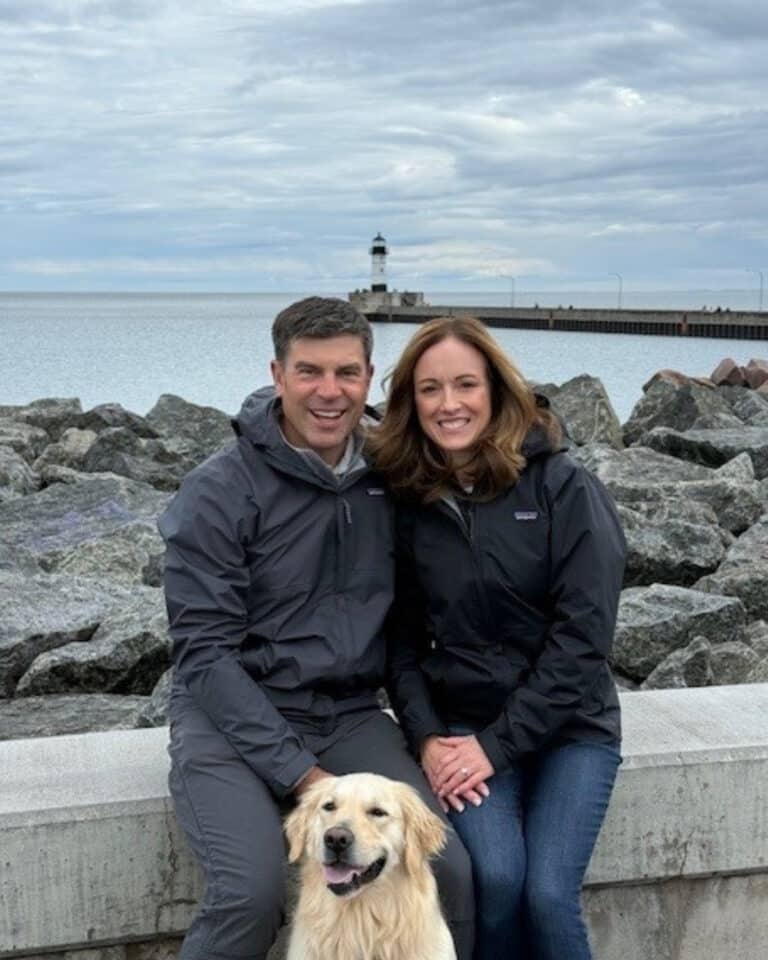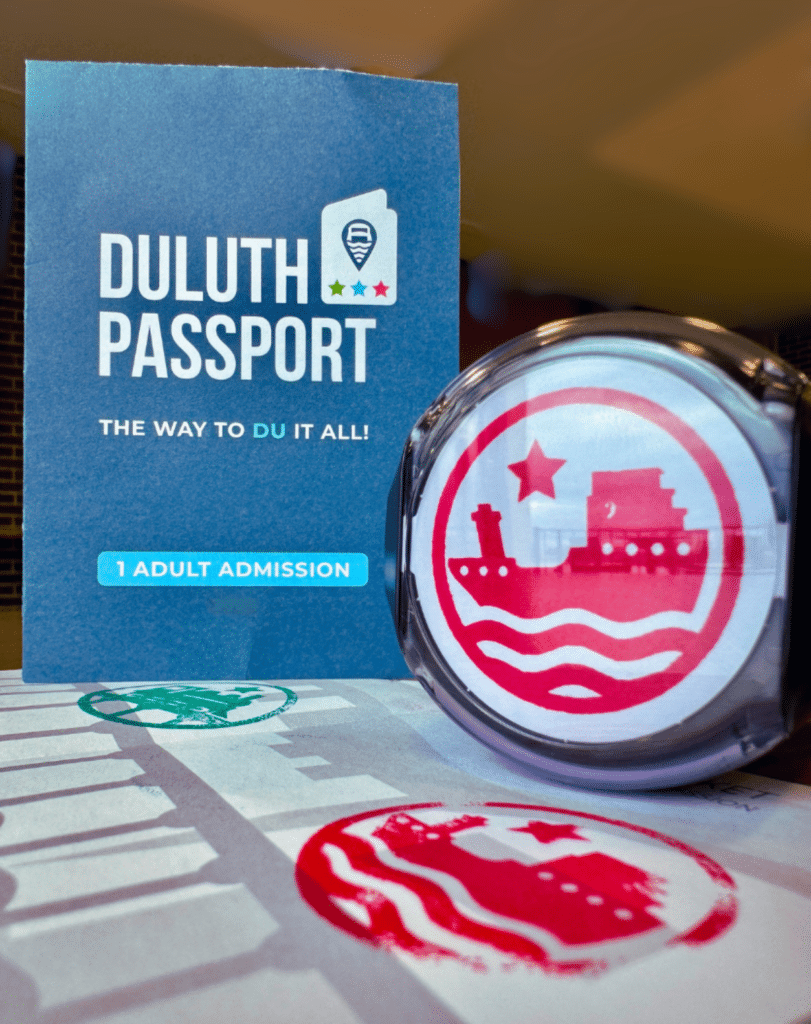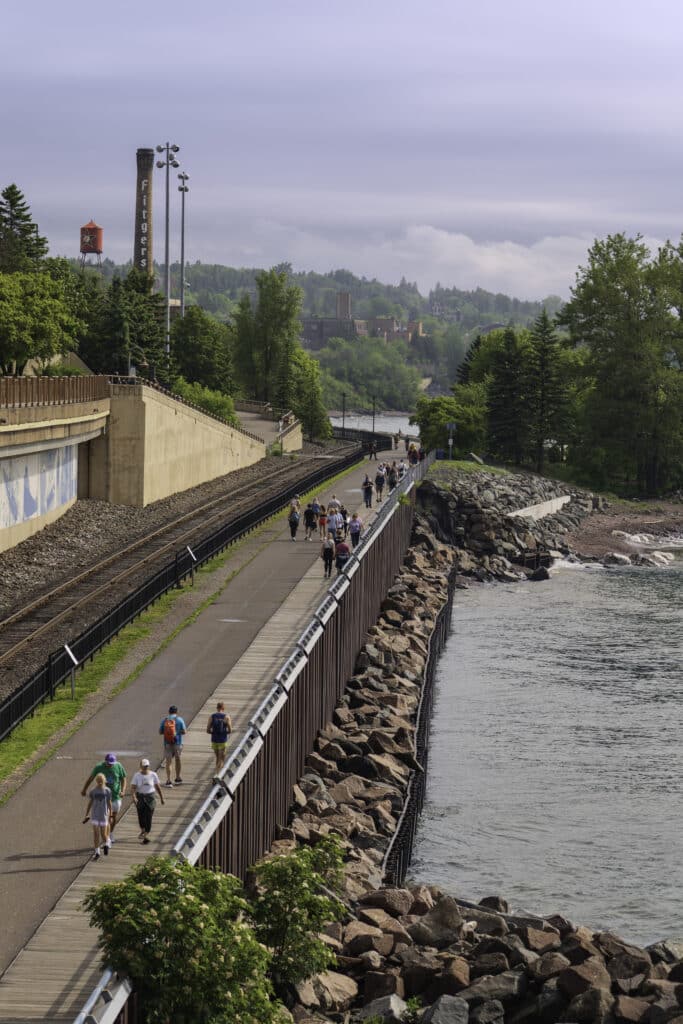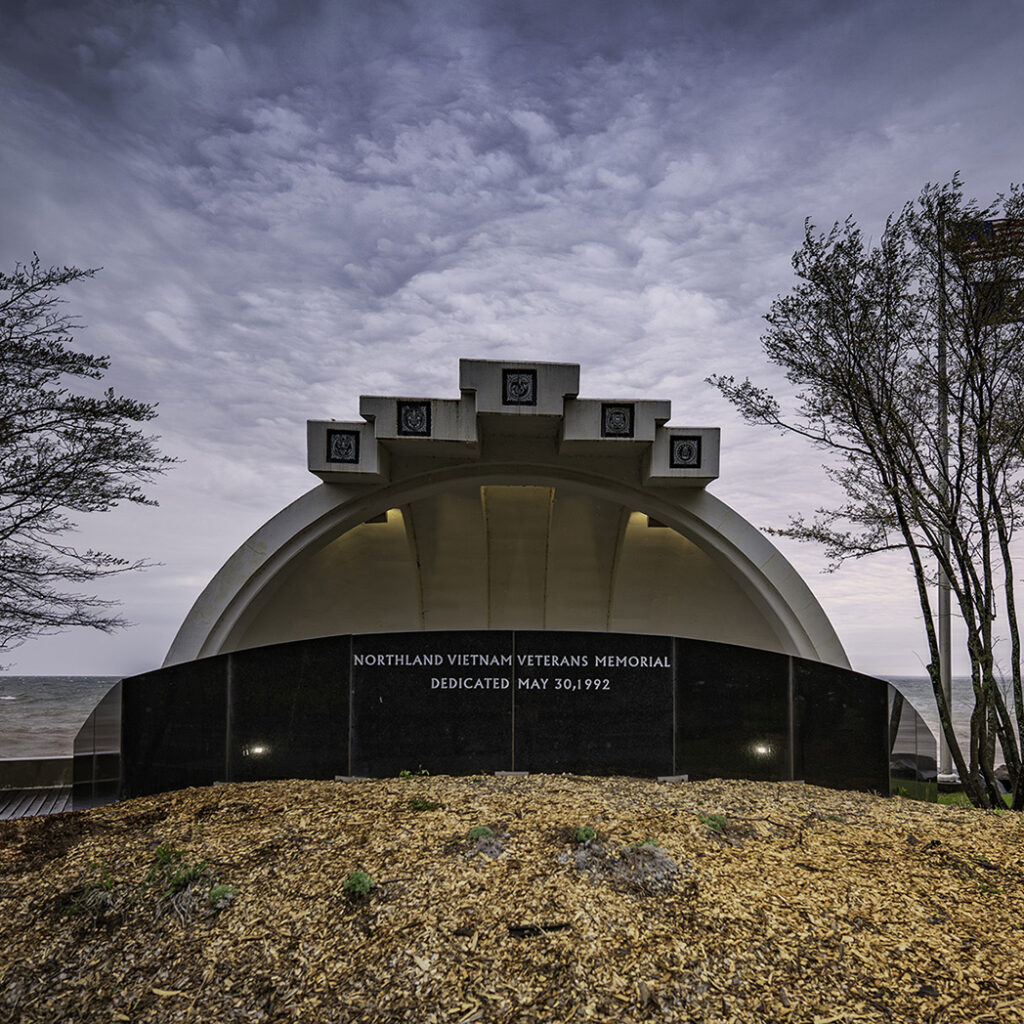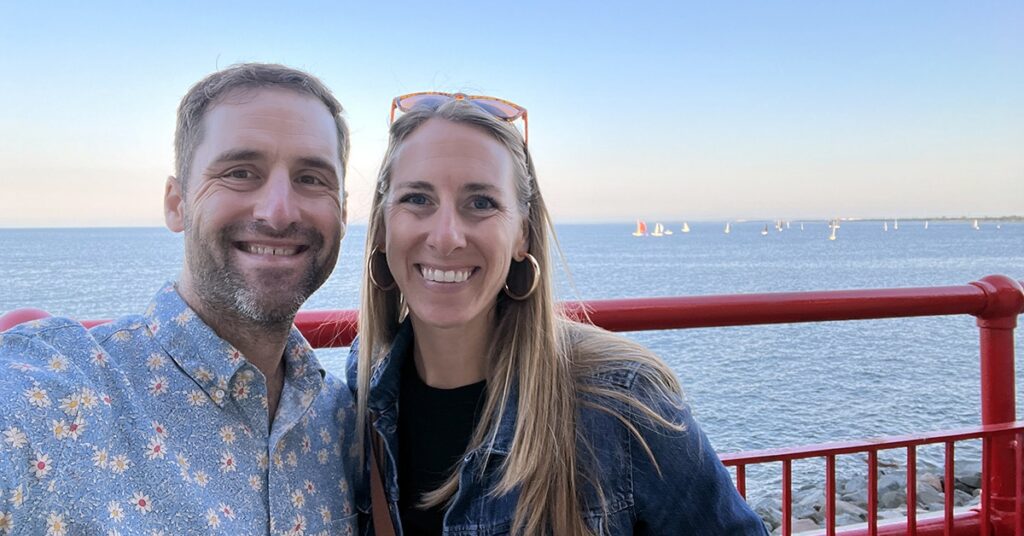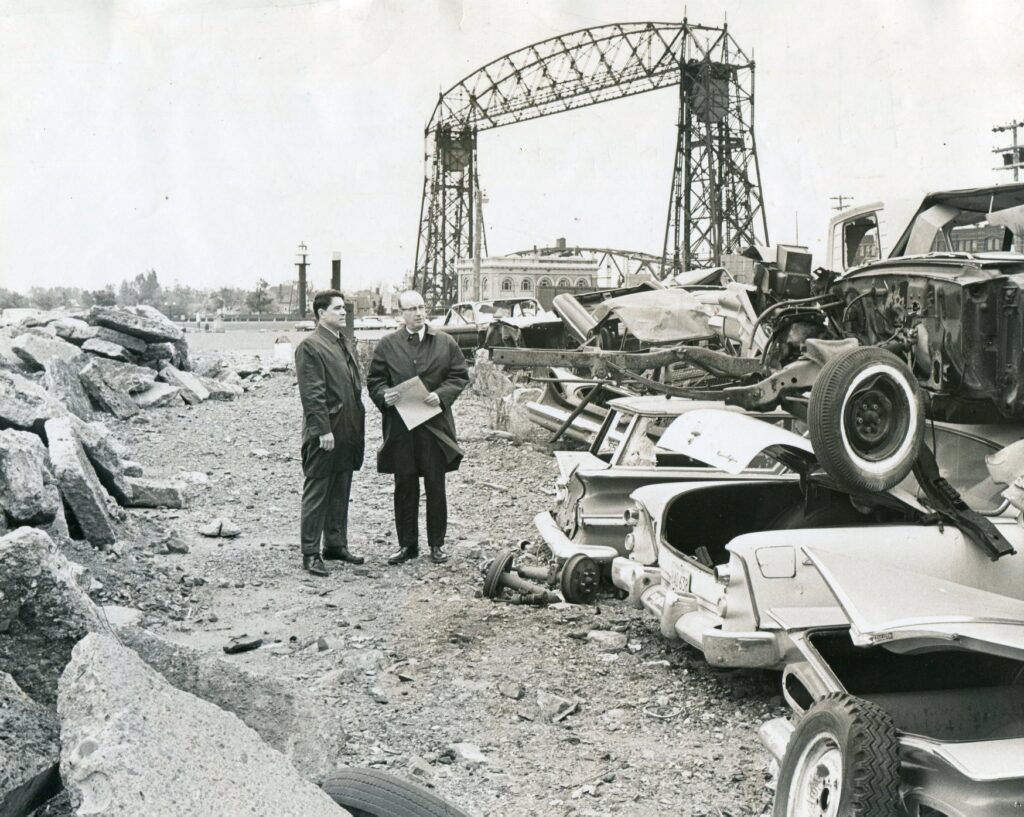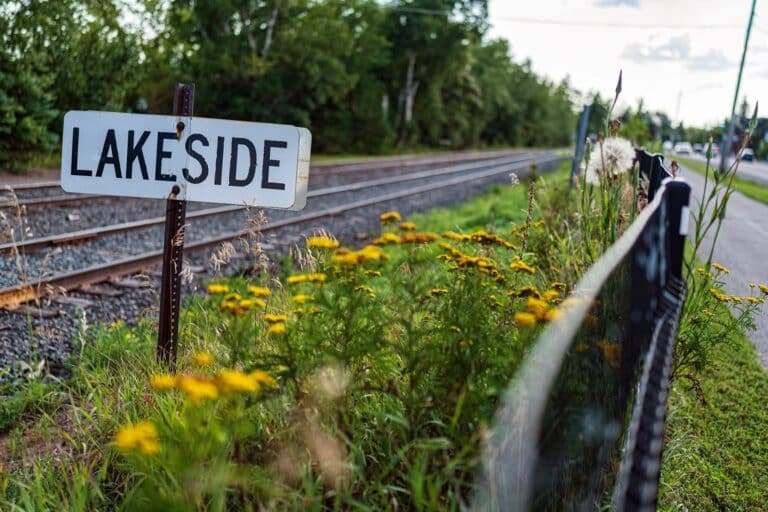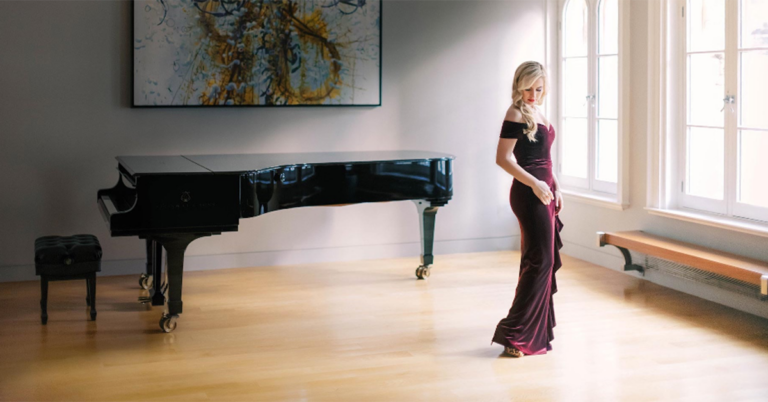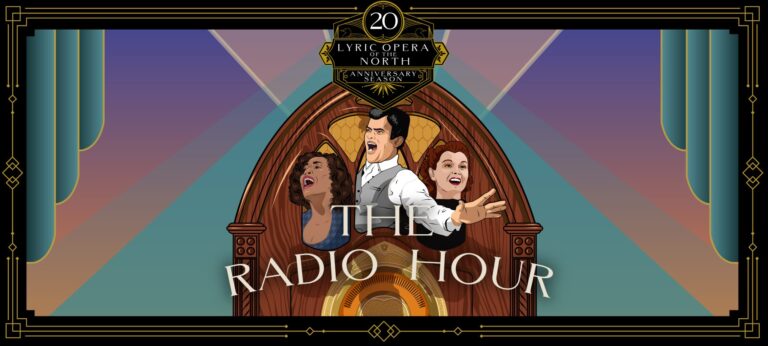Get the latest stories in your inbox
Our top stories
Meet the people
About
Destination
Duluth
Our purpose is to foster a connected, vibrant, and growing community.

Find a career
Brought to you by our partners at Essentia Health Careers
Community Directory
Find your people
Duluth is already full of groups that meet regularly and engage in activities that you love.
We are an imperfect group of Jesus followers seeking to bring hope to an oft-for…
Come Learn to Row on the beautiful waters of Lake Superior. Folks 13-99 are elig…
Duluth Wolfpack Boys Lacrosse is a co-op between Duluth East High School and Den…


